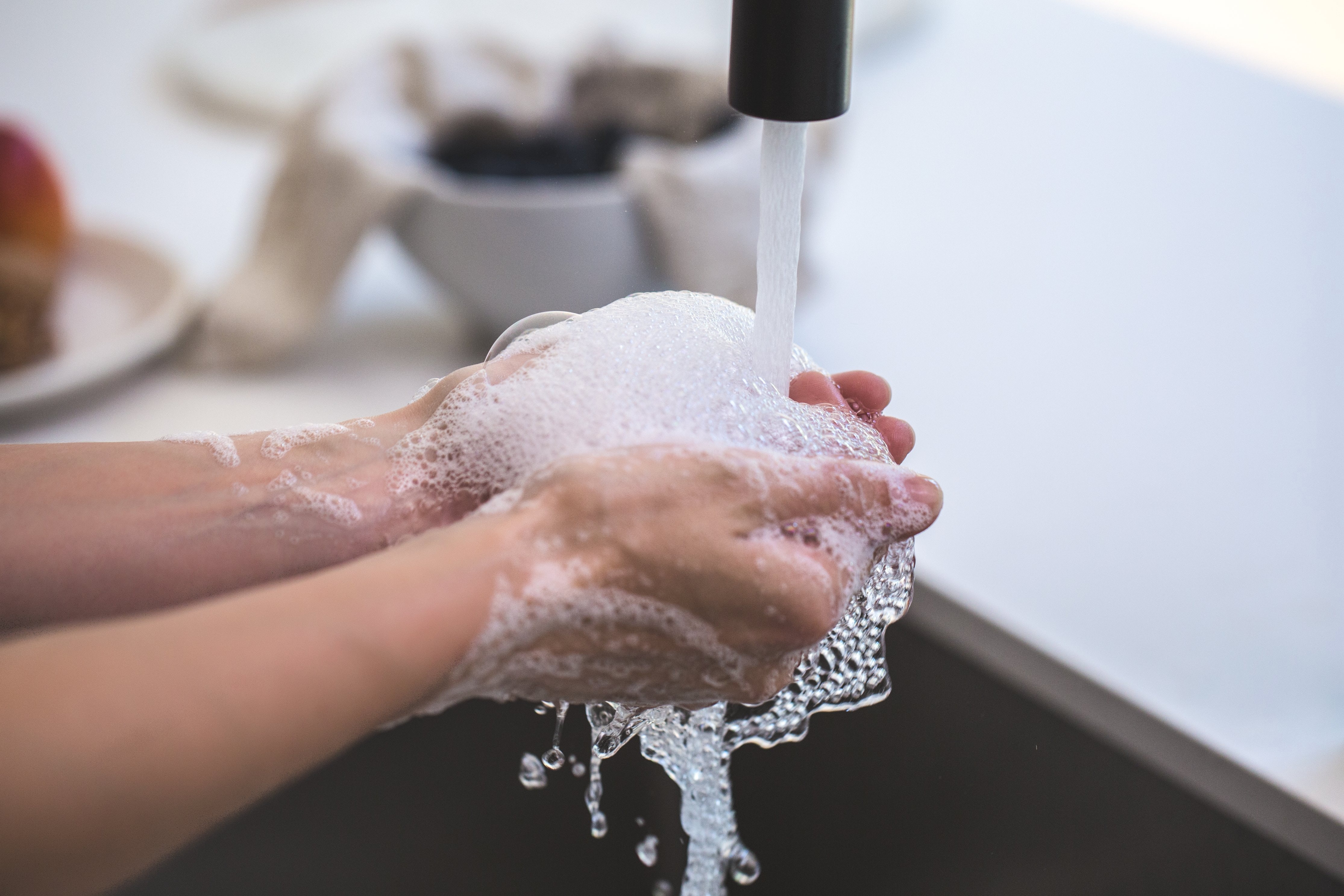Title Page
-
Conducted on
-
Prepared by
-
Project
-
Project Manager
-
Foreman
-
Location
-
Company
- McPhee North
- McPhee South
- Richards
- Harlan
Self-Certifying
-
Ask a random employee if they were asked to verify their health status in the morning.
-
Have no signs of a fever or a measured temperature above 100.3 degrees or greater, a cough
or trouble breathing within the past 24 hours.
Have not had “close contact” with an individual diagnosed with COVID-19. “Close contact”
means living in the same household as a person who has tested positive for COVID-19, caring for a person who has tested positive for COVID-19, being within 6 feet of a person who has tested positive for COVID-19 for 15 minutes or more, or coming in direct contact with secretions (for example, sharing utensils or being coughed on) from a person who has tested positive for COVID-19 while that person was symptomatic.
Have not been asked to self-isolate or quarantine by their doctor or a local public health official.
Have not been on a cruise ship in the last 14 days
Have not traveled out of the country within the last 14 days (exception possible for non-Level 3 countries as defined by the CDC)
Process & Procedures
-
Are Covid-19 precautions listed on the daily tailboard and discussed?
-
Are employees able to complete their work while maintaining 6' of physical separation from other workers? Maintaining the 6' of physical separation is critical in virus protection. Follow the hierarchy of controls when addressing the situation. Utilize Elimination, Substitution, Engineering and Administrative controls before PPE use is allowed as the primary source of exposure control.
-
Have other work practices been evaluated to prevent this, such as scheduling for a different time?
-
Are employees wearing additional PPE such as face coverings or face shields?
-
Are there Covid-19 safety posters and exposure protocols posted on the job site?
-
Check the crew sizes are limited to the minimum required to accomplish the task?
Cleanliness & Hygiene
-
Are cleaning and decontamination procedures posted. These procedures must cover all areas, including trailers, gates, equipment, vehicles, etc.
-
Are cleaning and sanitizing (effective for viruses) supplies available on site?
-
May include sanitizing wipes, sanitizing sprays & paper towels.
-
Are trailers sanitized daily with high contact areas cleaned at least twice per day?
-
You should ensure that high surfaces such as counters, doorknobs, and tools are regularly disinfected!
-
Are hand washing stations with soap and paper towels available for use?
-
Do employees have ready available access to hand sanitizer?
-
Does the hand sanitizer contain at least 60 percent alcohol content?
-
As hand washing is one of the most effective defences, employers need to make sure that employees have ready access to washing facilities and that those are kept well stocked with soap and (ideally) paper towels.
Follow these five steps every time.
1. Wet your hands with clean, running water (warm or cold), turn off the tap, and apply soap.
2. Lather your hands by rubbing them together with the soap. Lather the backs of your hands, between your fingers, and under your nails.
3. Scrub your hands for at least 20 seconds. Need a timer? Hum the “Happy Birthday” song from beginning to end twice.
4. Rinse your hands well under clean, running water.
5. Dry your hands using a clean towel or air dry them. -
It is imperative that all employees have access to either wash stations or hand sanitizer
Best Practices
-
Is there a consideration to stagger break times and lunch to limit the amount of people in one area, for large crews?
-
Are employees wearing gloves while working?
-
Have workers been instructed to clean tools if others have used them?
Sign-off
-
Name & Signature











